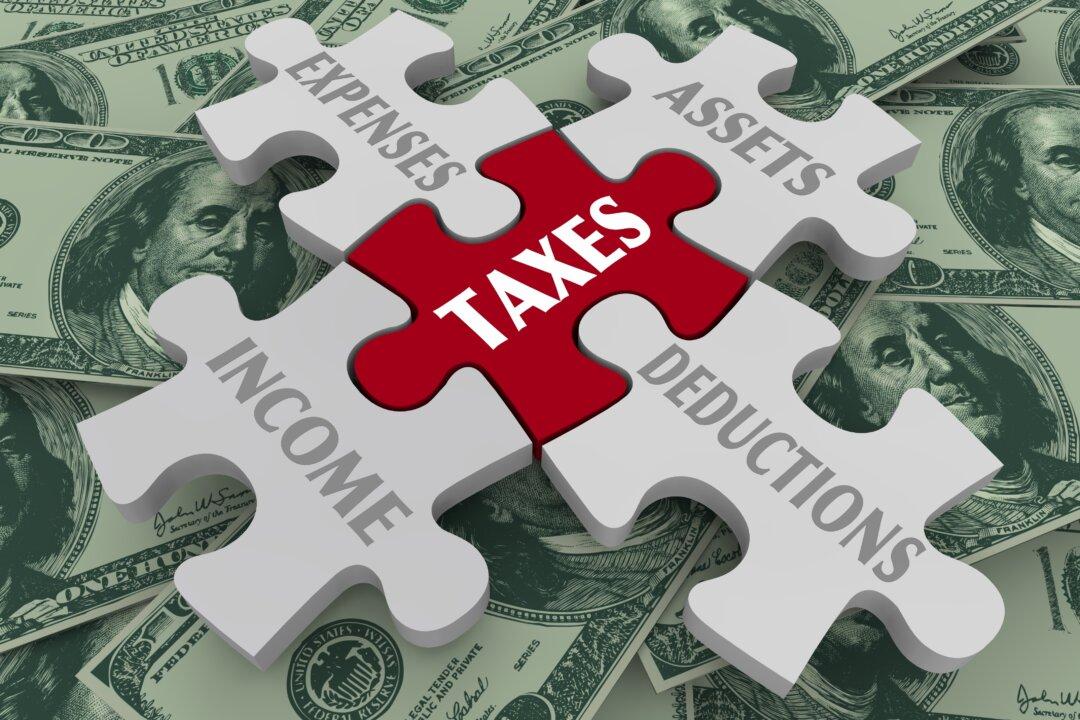It’s always best to provide definitions before we make our comparisons.
Passive Investing
Definition
Passive investing focuses on buying and holding assets long term. Invest, then leave it alone, for you want the investment to grow through the ups and downs all the way to retirement.The prime example of the passive approach is buying a fund that follows an index such as the S&P 500. The first passive index fund was Vanguard’s 500 Index Fund, launched by index fund pioneer John Bogle in 1976. The funds automatically adjust holdings by selling any stock that’s leaving the index and then buying the stock that’s coming into the index. According to industry research, around 38 percent of the U.S. stock market is passively invested.






